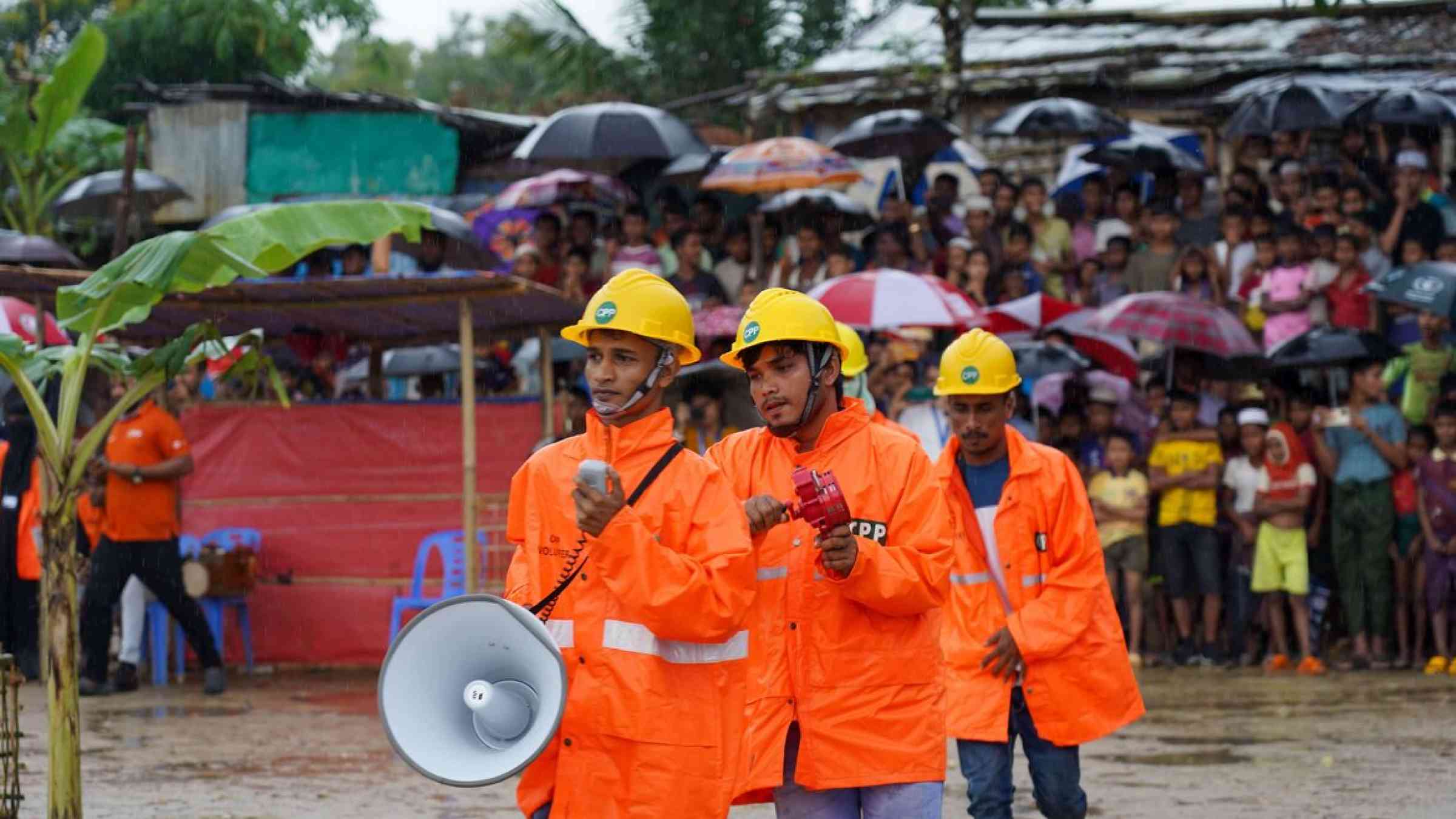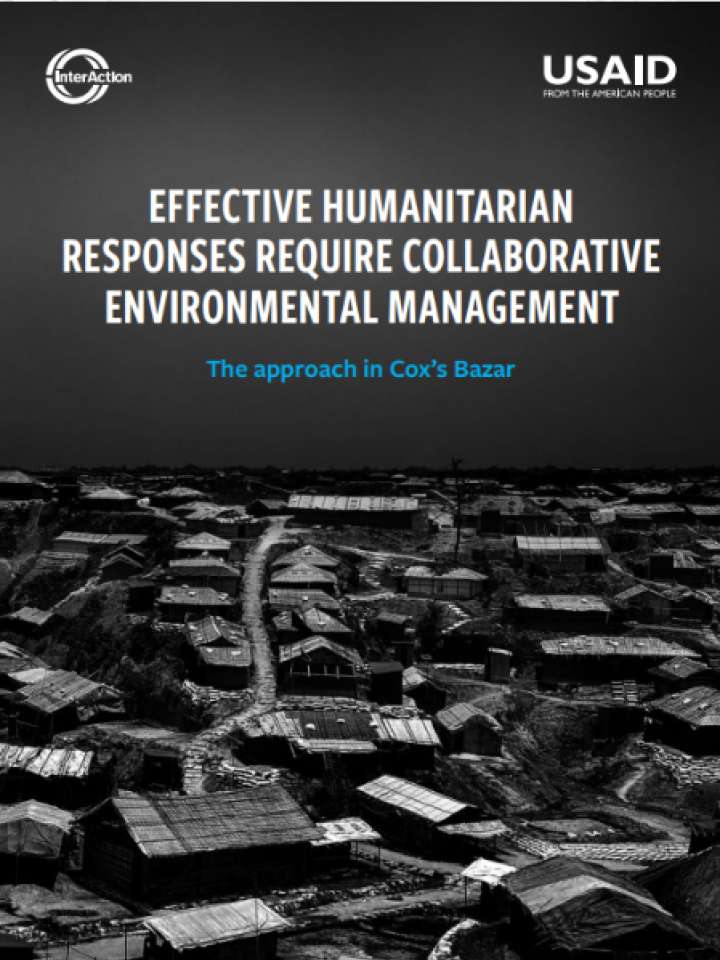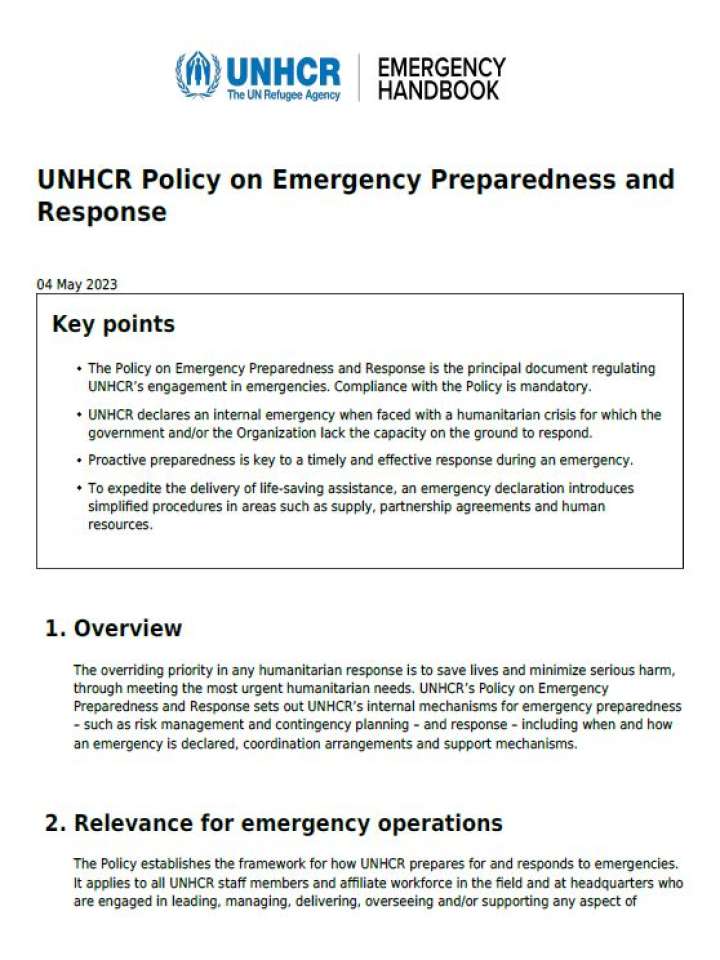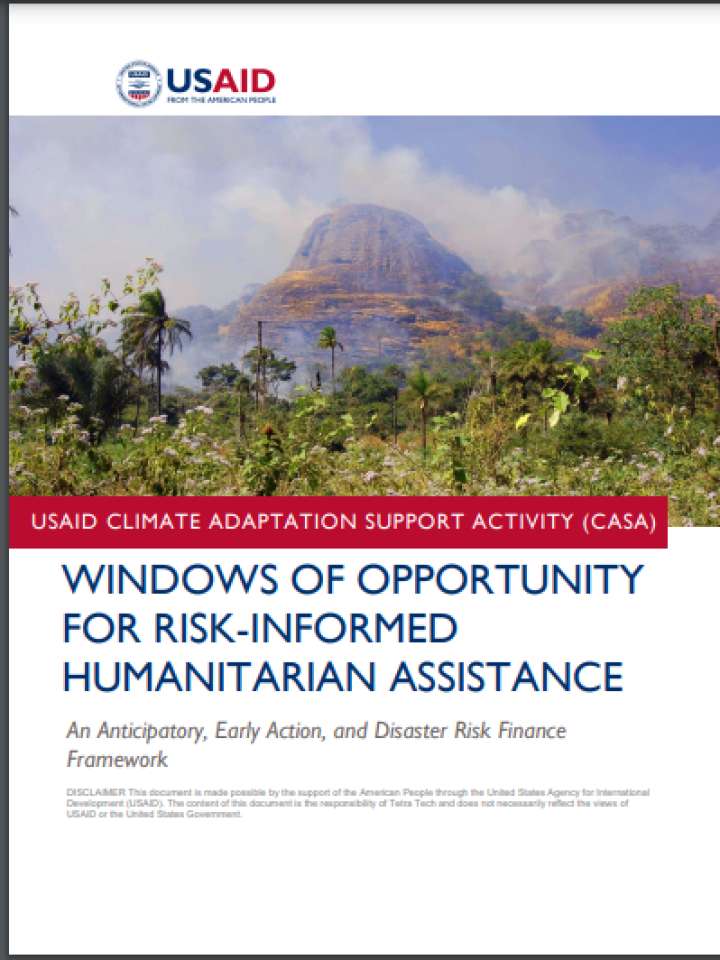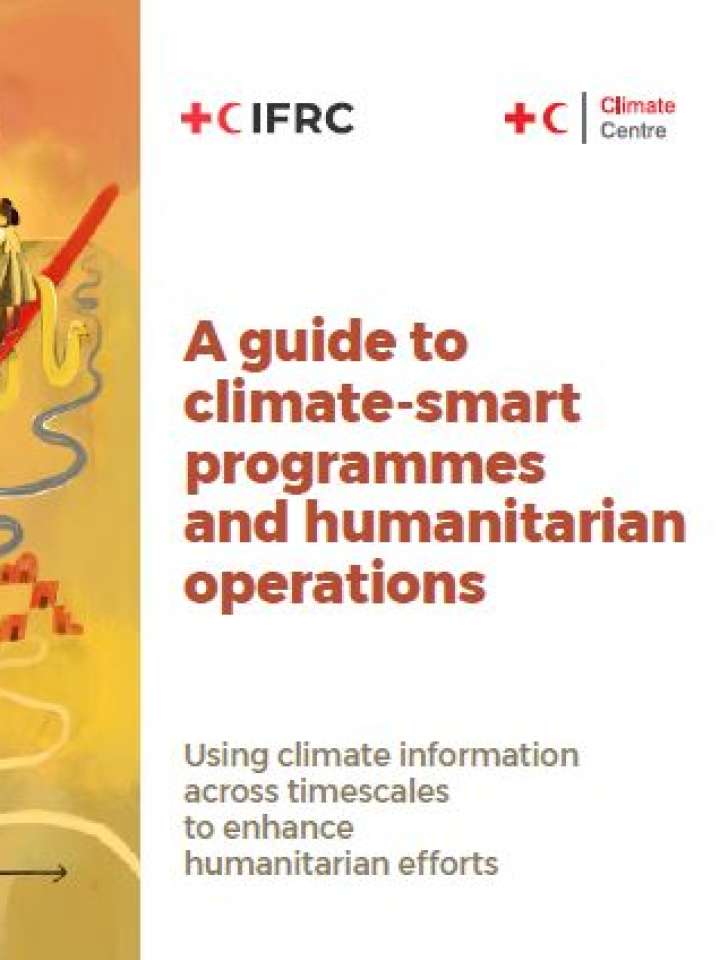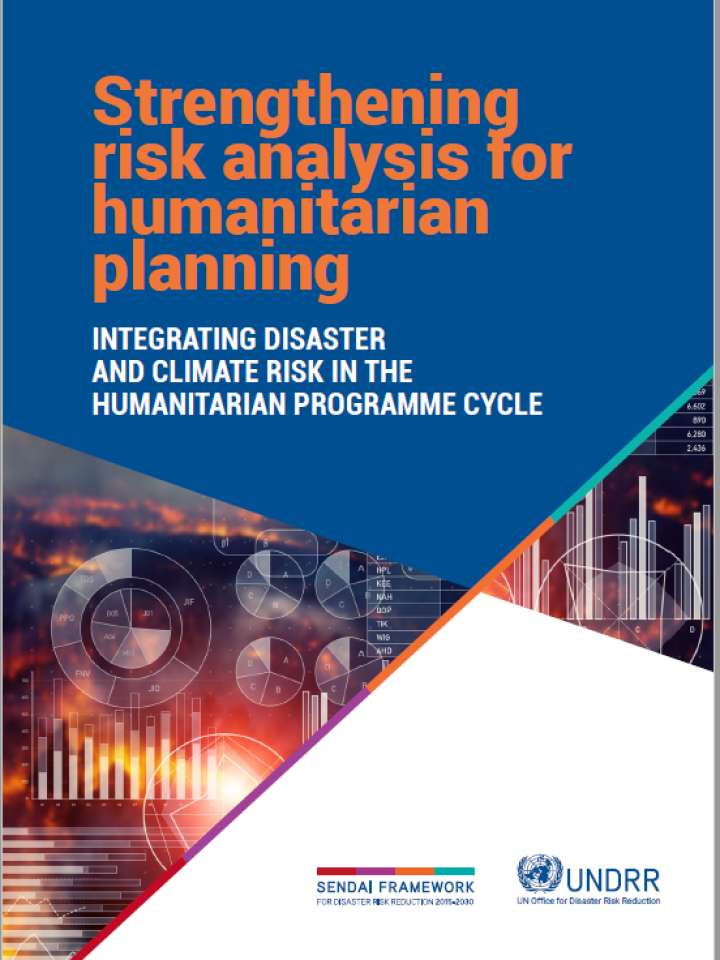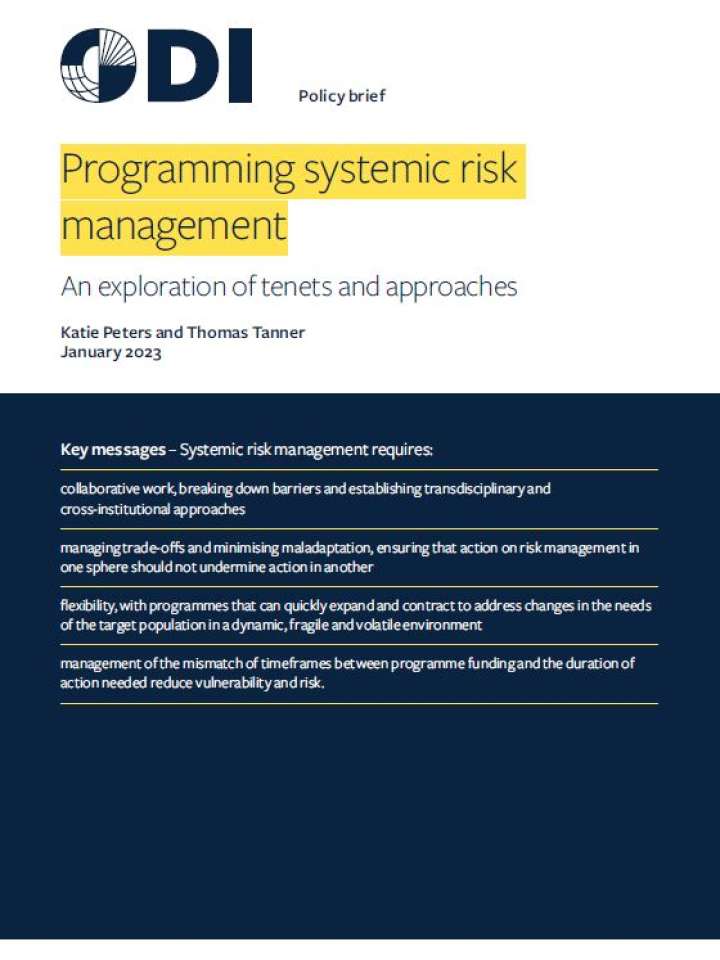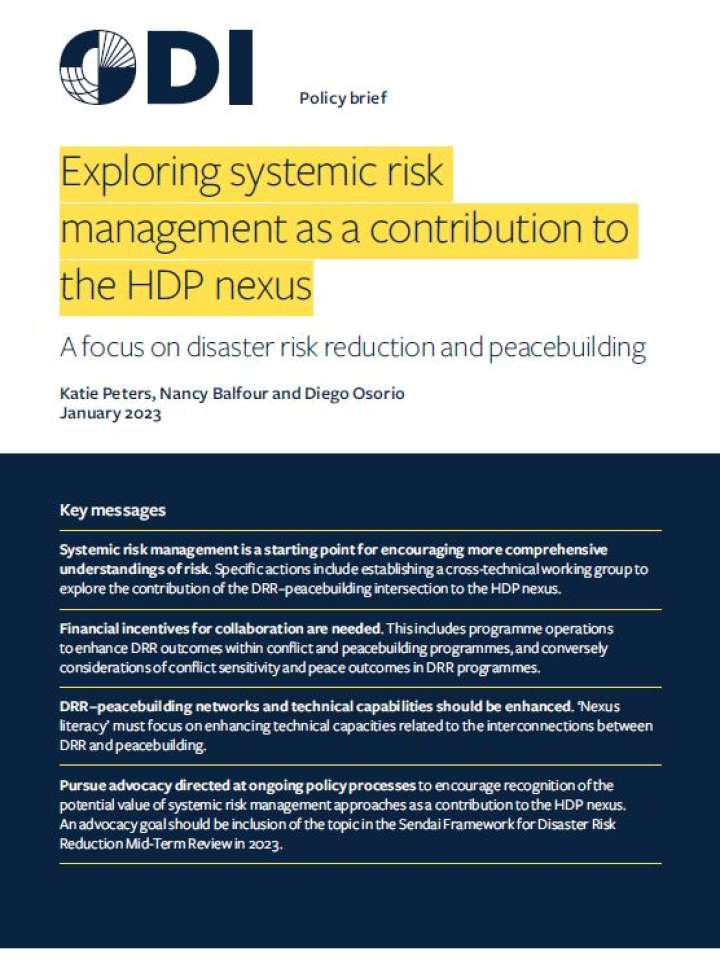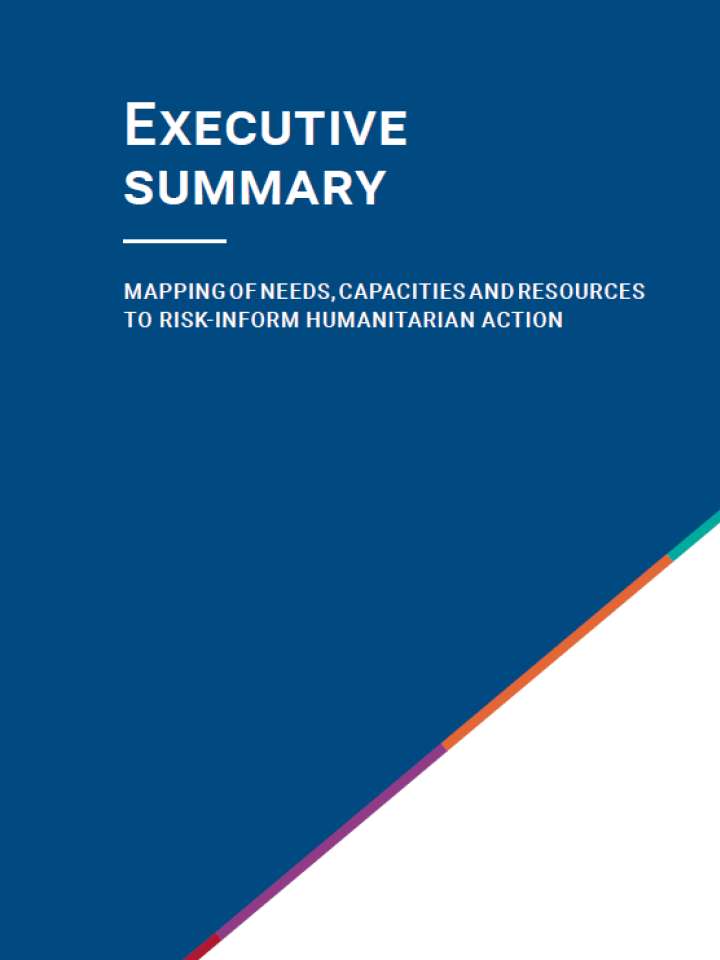Please help us improve PreventionWeb by taking this brief survey. Your input will allow us to better serve the needs of the DRR community.
- Home
- collections
DRR in humanitarian and fragile contexts
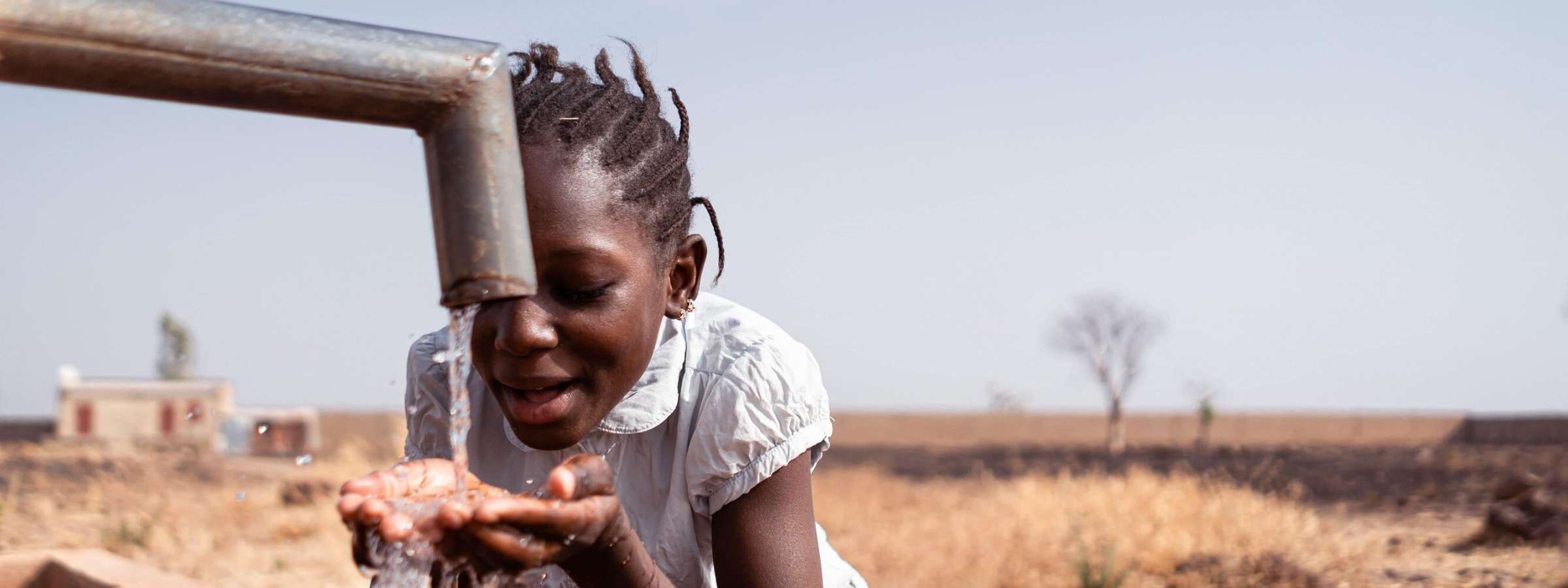
Introduction
According to the Global Humanitarian Overview (GHO) 2023, a record 339 million people will require humanitarian assistance and protection in 2023 – a notable rise from the previous year's 274 million individuals, already the highest figure in decades.
Scaling up disaster risk reduction (DRR) in humanitarian and fragile contexts is crucial, as it complements emergency response by concentrating on minimizing exposure and vulnerability.
Explore this compilation of resources for deeper insights into disaster risk reduction in humanitarian and fragile contexts.
Knowledge base
Is this page useful?
Yes No Report an issue on this pageThank you. If you have 2 minutes, we would benefit from additional feedback (link opens in a new window).
